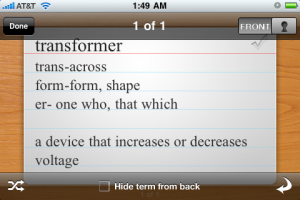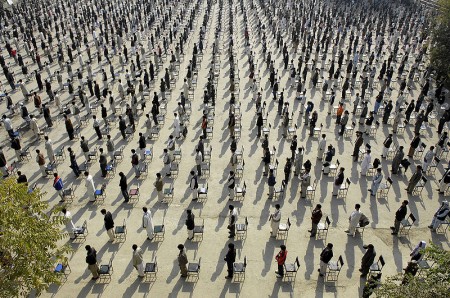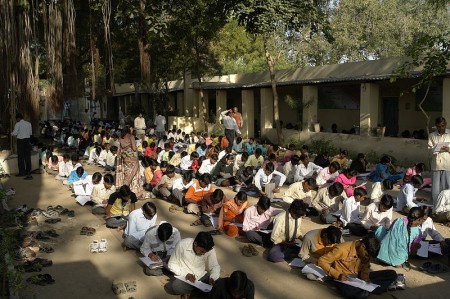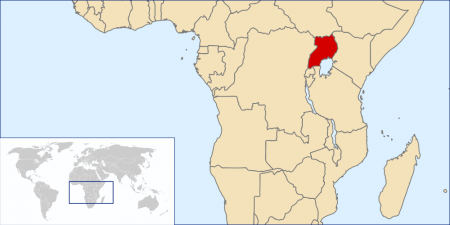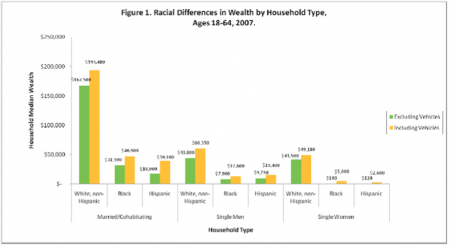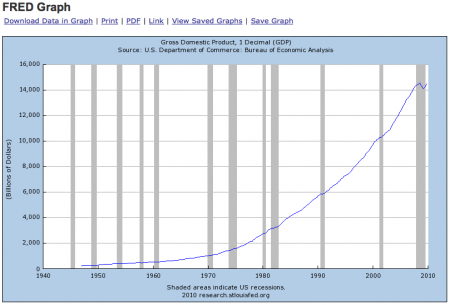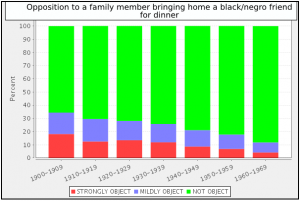
For millions of years, cut off from the atmosphere and the sun by an immense continental glacier, microbes survived in a lake of salty water under the ice. No air and no sunlight means no oxygen, so the water became anoxic and able to dissolve iron out of the rocks and sediment beneath the lake. But sometimes the lake breaches and the iron rich water comes to the surface where it is exposed to the air once again and the iron reacts with the oxygen to form a red mineral, hematite (rust). A template for life on Europa? Maybe. Blood Falls, Antarctica.
[googleMap name=”Taylor Glacier” width=”490″ height=”490″ mapzoom=”2″ mousewheel=”false” directions_to=”false”]-77.773, 163.37[/googleMap]
